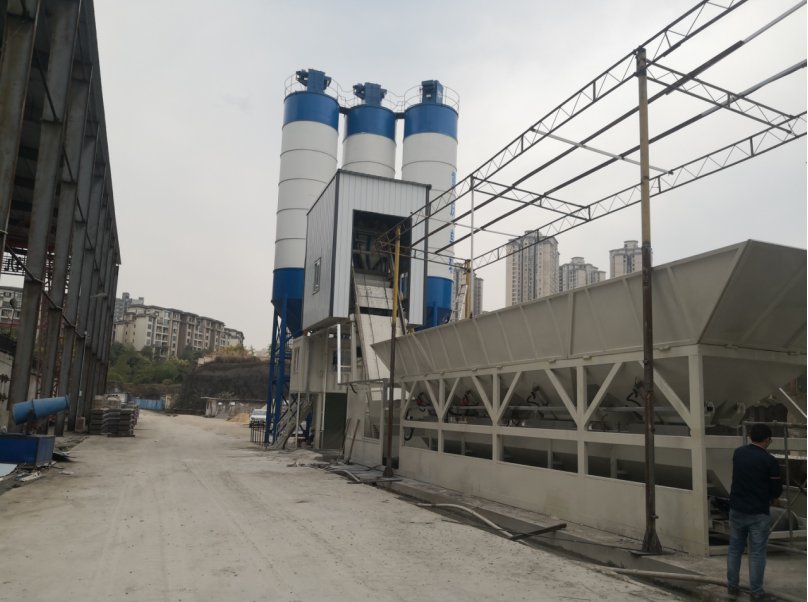1、 The formation process of temperature stress
The formation process of temperature stress can be mainly divided into the following three stages:
1. Early temperature stress
This stage is from the beginning of pouring concrete to the basic end of cement heat release. The main characteristics of this stage are: firstly, cement releases a large amount of hydration heat; The second is the sharp change in the elastic modulus of concrete. Due to the change in elastic modulus, residual stress is formed in the concrete during this period.
2. Mid term temperature stress
This stage starts from the basic end of the exothermic effect of cement until the concrete cools to a stable temperature. During this period, temperature stress is mainly caused by the cooling of concrete and changes in external temperature, which are superimposed with residual stresses formed in the early stages. During this period, the elastic modulus of concrete did not change significantly.
3. Late stage temperature stress
This stage is the operating period after the concrete has completely cooled down. Temperature stress is mainly caused by changes in external temperature, and these stresses are superimposed with the residual stresses of the first two types.
2、 The causes of temperature stress formation
1. Self generated stress
A structure without any constraints on the boundary or completely at rest, if the internal temperature is distributed nonlinearly, the temperature stress that occurs due to the mutual constraints of the structures themselves. For example, for structures with relatively large dimensions, when the concrete cools, the surface temperature is low and the internal temperature is high, resulting in tensile stress on the surface and compressive stress in the middle.
2. Constrained stress
The stress caused by all or part of the boundary of a structure being constrained by external factors and unable to deform freely.
Note: The article is sourced from the internet. If there is any infringement, please contact us to delete it. Thank you.
